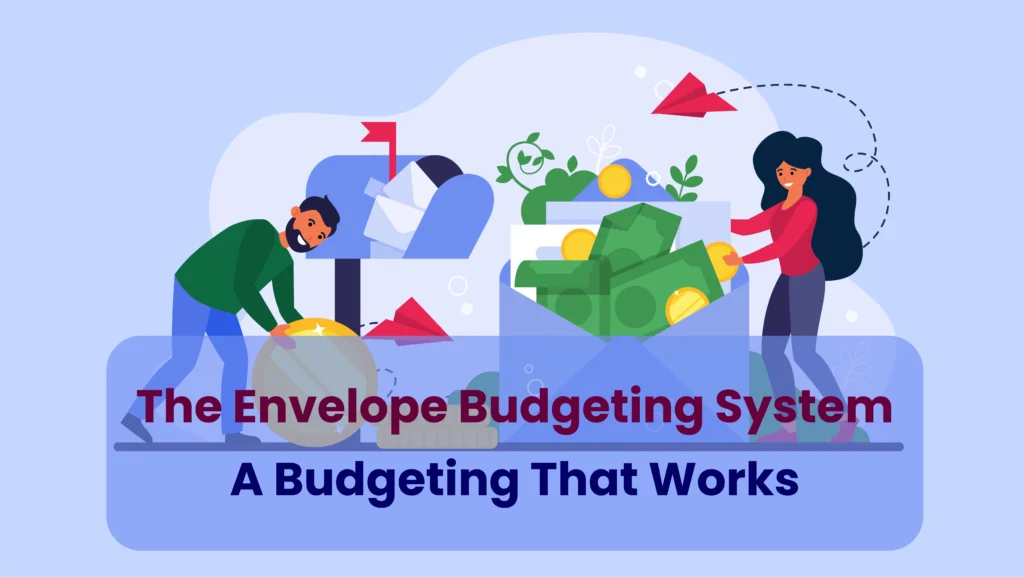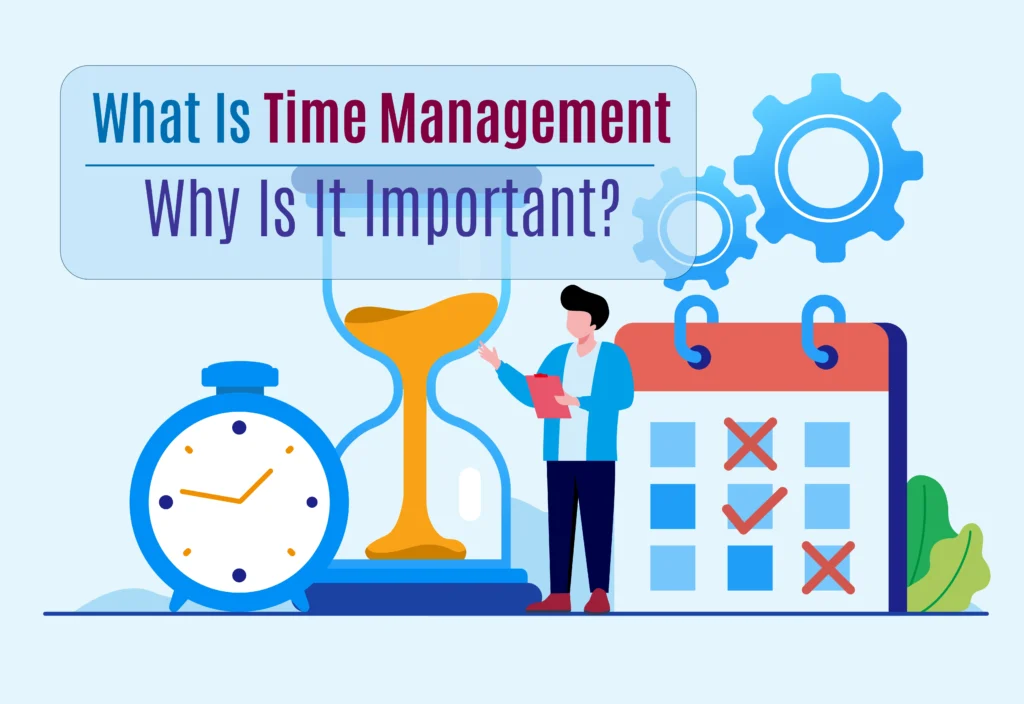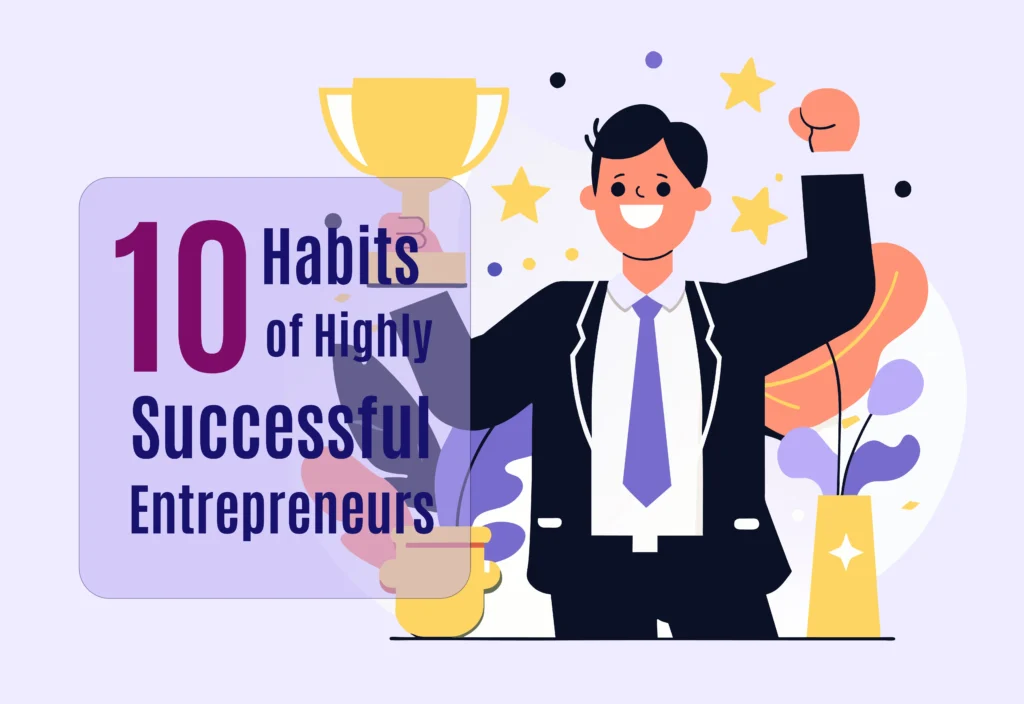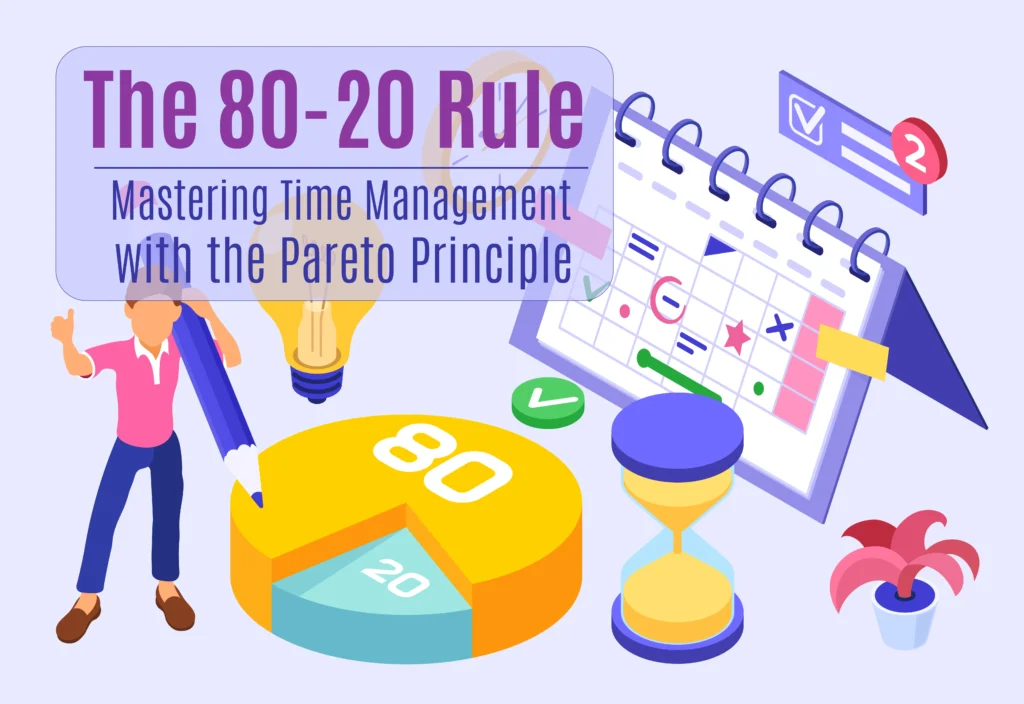The Best Tip for Managing Time Effectively as a Busy Professional
In today’s fast-paced professional world, managing time effectively is not just a skill—it’s a necessity. Whether you’re juggling meetings, handling multiple projects, or trying to carve out personal time, finding a balance can feel overwhelming. Time is a finite resource, and for busy professionals, learning how to optimize it can make all the difference between feeling in control or constantly playing catch-up.
This blog explores practical, proven strategies for managing your time effectively, offering insights on prioritizing tasks, structuring your day, and leveraging tools to boost productivity. By the end of this post, you’ll have the tools and knowledge to better manage your time, reduce stress, and achieve a more balanced work-life dynamic.

The Importance of Time Management
Effective time management is critical for professionals who are pulled in multiple directions daily. When you manage your time well, you not only increase your productivity but also reduce stress and prevent burnout. Time management allows you to focus on high-priority tasks that drive results, ensuring that your efforts align with your goals.
Moreover, time management improves your work-life balance. By learning to prioritize and allocate time wisely, you can carve out space for both professional responsibilities and personal well-being. With structured time management strategies, you can feel more in control of your schedule, leading to better performance and a greater sense of accomplishment.
Understanding Your Time: Where Does It Go?
Before you can improve your time management, it’s essential to understand how you’re currently spending your time. Many professionals are surprised to discover how much time is lost to inefficiencies, distractions, or tasks that don’t contribute significantly to their goals.
Analyzing Your Current Time Use
One of the best ways to assess your current time usage is through time tracking. Over the course of a few days or a week, track everything you do throughout the day—meetings, work tasks, breaks, and even time spent on personal activities. Apps like Toggl or RescueTime can help you easily track your activities.
Once you have a clear picture of where your time is going, you’ll likely notice areas where time is wasted or where tasks take longer than necessary. This analysis is crucial for identifying opportunities to optimize your schedule.
Identifying Time Wasters
Common time wasters include unnecessary meetings, excessive time spent on emails, and constant checking of social media or news sites. These distractions may seem minor in the moment, but they can add up over the course of a day, leaving you with less time for high-priority tasks.
For instance, instead of scheduling back-to-back meetings, try to consolidate similar tasks together or use asynchronous communication like email or messaging apps for non-urgent matters. Eliminating or minimizing time-wasting activities is the first step toward regaining control over your schedule.
Setting Clear Priorities
Once you’ve analyzed how you’re spending your time, the next step is to set clear priorities. Not all tasks are equally important, and understanding which ones require immediate attention—and which can be delayed or delegated—is key to effective time management.
Using the Eisenhower Matrix for Prioritization
The Eisenhower Matrix is a powerful tool for setting priorities based on urgency and importance. It divides tasks into four categories:
- Urgent and Important: Tasks that need immediate attention (e.g., deadlines, crises).
- Important but Not Urgent: Tasks that are essential but don’t require immediate action (e.g., strategic planning, long-term projects).
- Urgent but Not Important: Tasks that require attention but don’t contribute significantly to long-term goals (e.g., interruptions, routine meetings).
- Not Urgent and Not Important: Low-value tasks that often waste time (e.g., social media browsing, unnecessary phone calls).
By categorizing your tasks in this way, you can focus your energy on high-impact activities (Quadrants 1 and 2), delegate or minimize tasks in Quadrant 3, and eliminate tasks in Quadrant 4. The Eisenhower Matrix helps you make deliberate decisions about where to spend your time, ensuring that you’re always working on what matters most.
Focusing on High-Impact Tasks
In addition to using the Eisenhower Matrix, it’s helpful to apply the Pareto Principle, or the 80/20 rule. This principle suggests that 80% of your results come from 20% of your efforts. Identifying which tasks fall into this high-impact 20% can help you focus on the work that will yield the greatest benefits.
For example, if you’re a manager, you might find that providing clear direction to your team or making strategic decisions are high-impact activities, while tasks like responding to routine emails are less critical. By concentrating on the most important tasks, you’ll increase your productivity without working longer hours.
≫ Related Post: What Is Time Management and Why Is It Important?
Creating an Effective Schedule
Once you’ve prioritized your tasks, it’s time to structure your day in a way that maximizes productivity. A well-planned schedule can make the difference between a chaotic day and one where you feel in control.
Time-Blocking for Better Structure
Time-blocking is an effective way to organize your day by assigning specific time slots for each task. For example, you might block out two hours in the morning for focused work on a key project, followed by a half-hour for responding to emails.
Time-blocking helps you stay disciplined by creating a visual plan for your day. It ensures that your most important tasks receive dedicated attention and reduces the risk of distractions or multitasking. Tools like Google Calendar or Microsoft Outlook are great for setting up time blocks and reminding you of your scheduled tasks throughout the day.
Incorporating Breaks for Better Productivity
Taking regular breaks is essential for maintaining productivity over the long term. Working without breaks can lead to mental fatigue, which decreases focus and creativity. Using techniques like the Pomodoro Technique—where you work for 25 minutes and then take a 5-minute break—can help you maintain focus and energy.
Strategically scheduling breaks into your day allows you to recharge and return to your tasks with a fresh perspective. Longer breaks, such as a 15-30 minute break after a few hours of focused work, can also help prevent burnout.
The Role of Delegation and Automation
As a busy professional, it’s impossible to do everything yourself. To manage your time effectively, it’s important to delegate tasks that don’t require your direct involvement and use automation to handle repetitive tasks.
Delegating Non-Essential Tasks
Delegating tasks to colleagues or team members can free up time for you to focus on more critical activities. Delegation doesn’t just mean offloading tasks—it involves assigning responsibilities to the right people and ensuring they have the tools and authority to complete the work.
For example, if you’re a business owner, tasks like updating social media or managing routine paperwork can be delegated to an assistant or team member. This allows you to concentrate on strategic decisions or high-level tasks that require your expertise.
Automating Repetitive Tasks
Automation is a game-changer for busy professionals. By automating routine tasks—like sending follow-up emails, scheduling appointments, or managing data—you can save hours each week. Tools like Zapier, IFTTT, and Calendly are designed to automate repetitive processes, reducing the time you spend on administrative work.
Automation is particularly useful for tasks that follow a predictable pattern, such as generating reports or sending reminders. By automating these tasks, you can focus on more complex and rewarding work.
How to Stay Focused and Avoid Multitasking
Maintaining focus in a busy work environment is challenging, especially when multitasking seems like an efficient way to get more done. However, research shows that multitasking often leads to reduced productivity and lower-quality work.
Single-Tasking vs. Multitasking
Single-tasking, or focusing on one task at a time, is far more effective than juggling multiple tasks at once. When you concentrate on a single task, you’re able to give it your full attention, resulting in faster completion and better quality. On the other hand, multitasking forces your brain to switch between tasks, which increases cognitive load and reduces efficiency.
For example, instead of trying to reply to emails while working on a presentation, block out separate times for each task. This will allow you to complete each task more effectively without the distraction of constantly switching between them.
Eliminating Distractions
Distractions are one of the biggest barriers to staying focused. Whether it’s phone notifications, open browser tabs, or chatty coworkers, distractions can quickly derail your productivity.
To eliminate distractions, start by turning off notifications on your phone or computer during work periods. You can also use website blockers like Freedom or StayFocusd to limit access to distracting websites during work hours. If you work in an open office, consider using noise-cancelling headphones to block out background noise, allowing you to stay focused on your tasks.
Using Technology to Managing Time
Technology, when used wisely, can be a powerful ally in managing your time. There are countless tools designed to help professionals stay organized, track progress, and manage distractions.
Time Management Apps and Tools
There are many time management apps available to help you structure your day and track your tasks. Tools like Trello, Asana, and Todoist allow you to create task lists, set deadlines, and track your progress in a visual format.
Google Calendar and Microsoft Outlook can also be used for time-blocking and scheduling, ensuring that you always have a clear overview of your day. These apps help you stay organized and ensure that no tasks slip through the cracks.
Managing Digital Distractions with Technology
In addition to using apps for organization, technology can also help you manage distractions. Tools like Focus@Will use background music scientifically designed to enhance concentration, while RescueTime helps you track how much time you’re spending on distracting websites or apps.
Using these tools can help you stay focused on your work and minimize time spent on unproductive activities, ultimately improving your time management.
Building Long-Term Habits for Time Management
Effective time management isn’t just about short-term gains—it’s about building long-term habits that support your productivity and well-being. Here are two key habits to develop for lasting success.
Developing a Daily Routine
Establishing a daily routine is one of the best ways to build consistent time management habits. A routine provides structure and predictability, helping you start each day with a clear plan and focus. Your routine might include activities like reviewing your to-do list in the morning, time-blocking for key tasks, and setting aside specific times for meetings and breaks.
Over time, a well-established routine becomes second nature, making it easier to stay organized and productive without constantly needing to adjust your schedule.
Setting Boundaries for Work-Life Balance
One of the biggest challenges for busy professionals is achieving a healthy work-life balance. Without clear boundaries, work can spill over into personal time, leading to burnout and decreased productivity.
Setting boundaries, such as establishing fixed working hours or setting “no work” zones during evenings or weekends, ensures that you have time for rest and personal activities. A balanced schedule allows you to recharge, making you more focused and productive during work hours.
Conclusion: Taking Control of Your Time for Professional Success
Managing your time effectively as a busy professional is all about prioritizing tasks, structuring your day, and using technology and delegation to your advantage. By understanding where your time is going, setting clear priorities, and creating a structured schedule, you can significantly boost your productivity, reduce stress, and achieve your goals.
With these strategies, you’ll gain greater control over your time, allowing you to focus on high-impact tasks and maintain a healthier work-life balance. Implementing these habits consistently will not only improve your professional performance but also enhance your overall well-being.
















